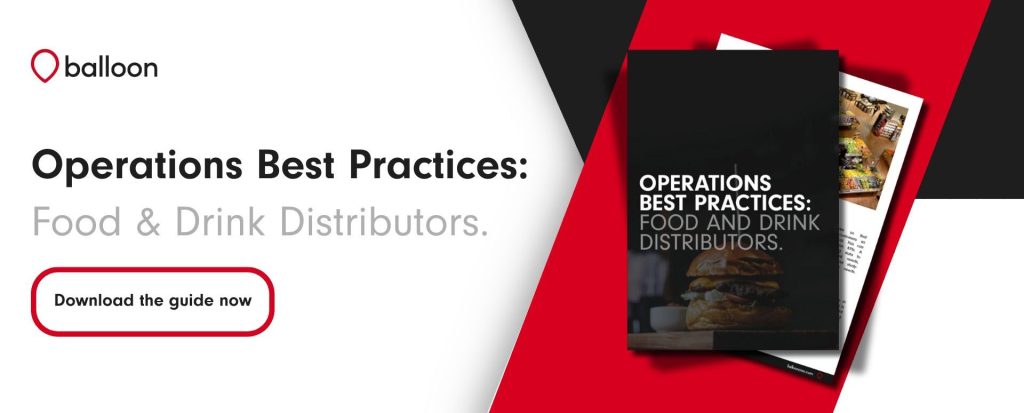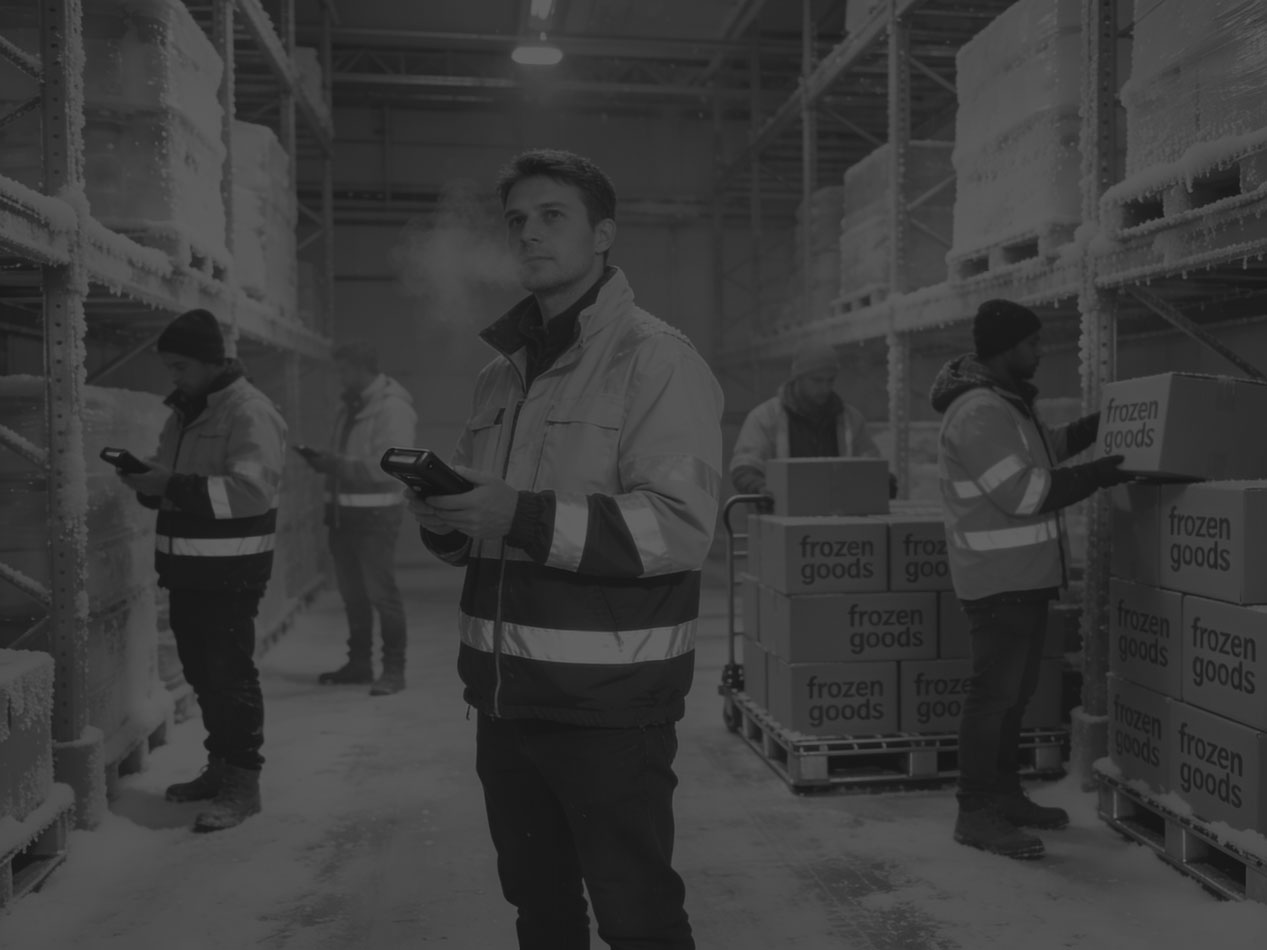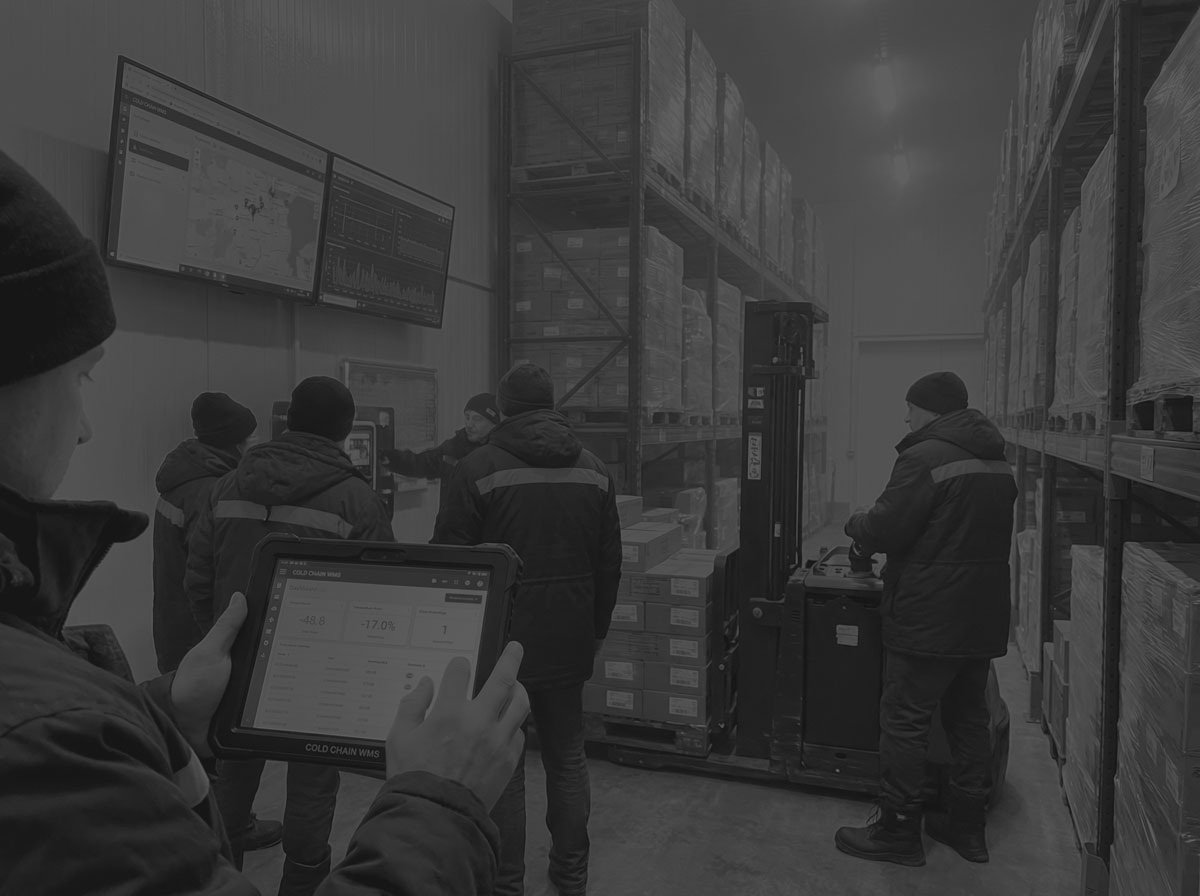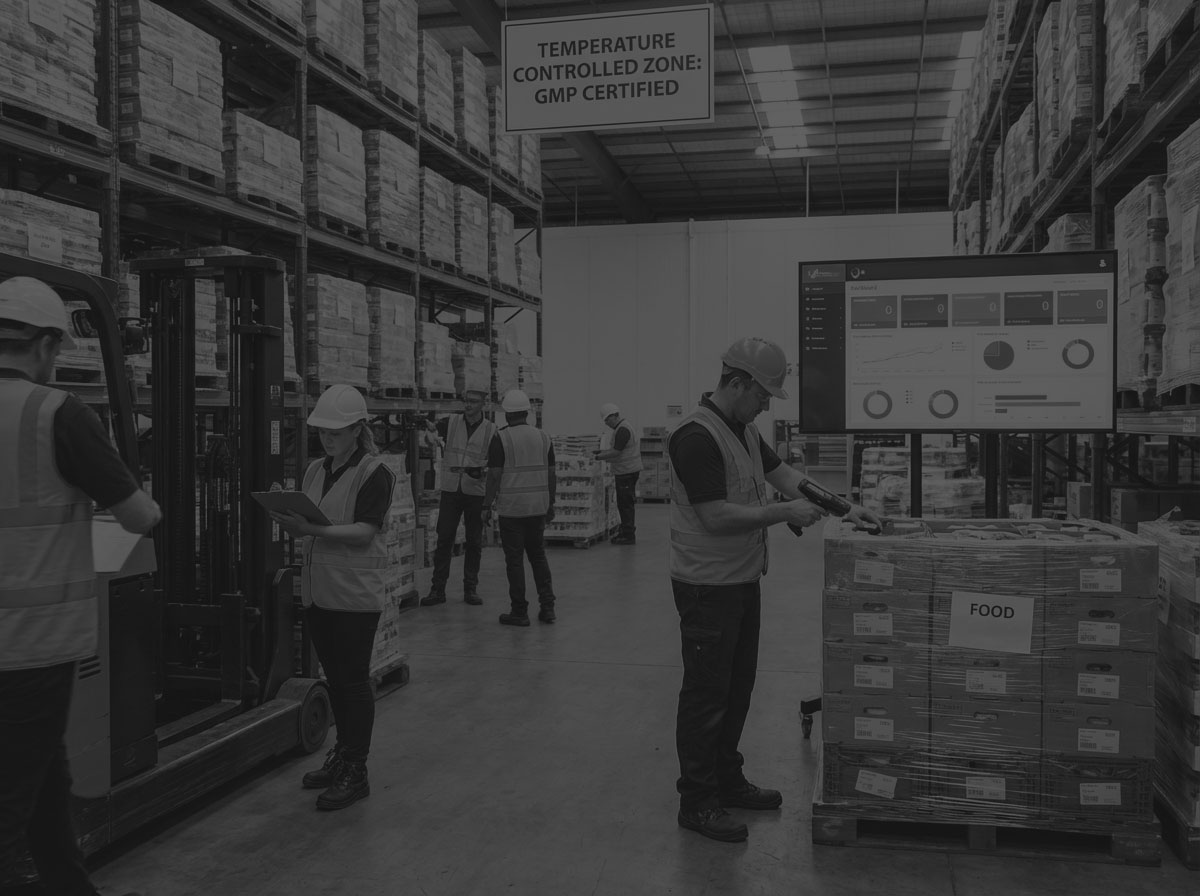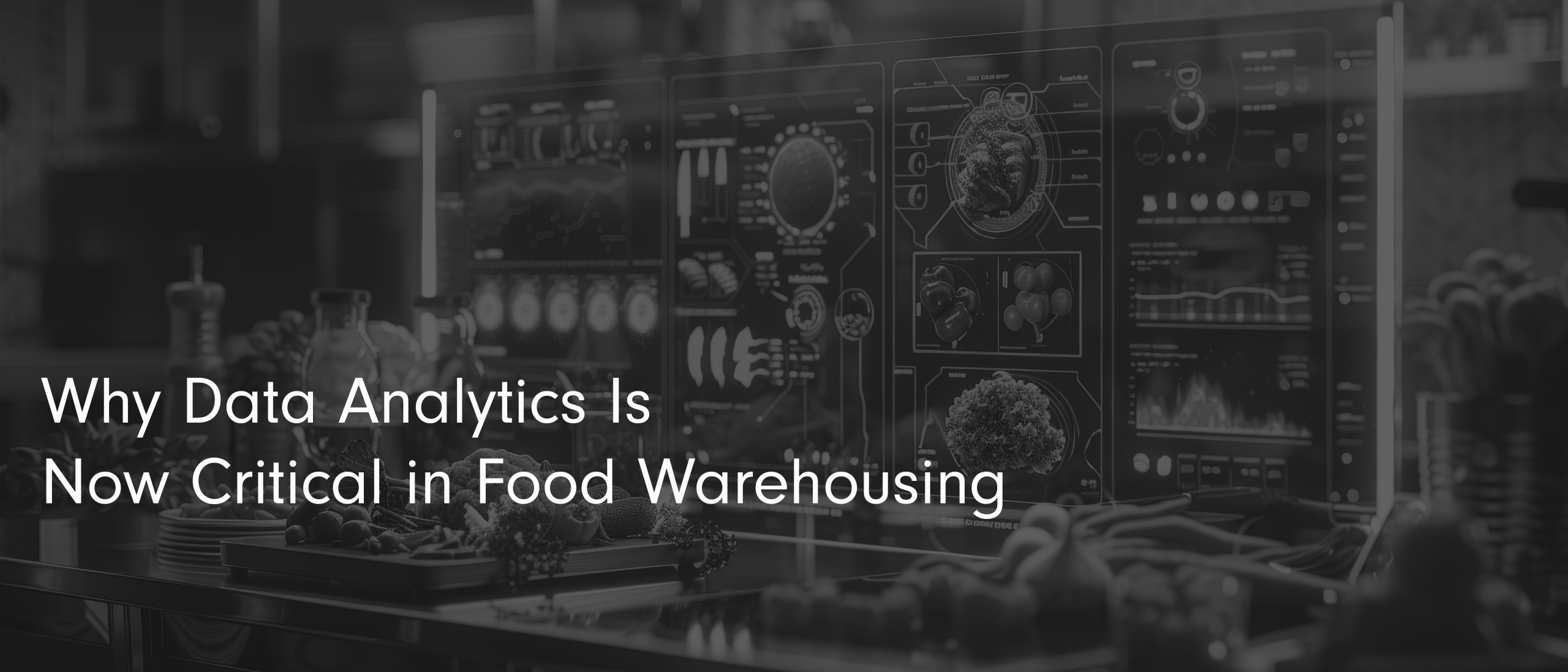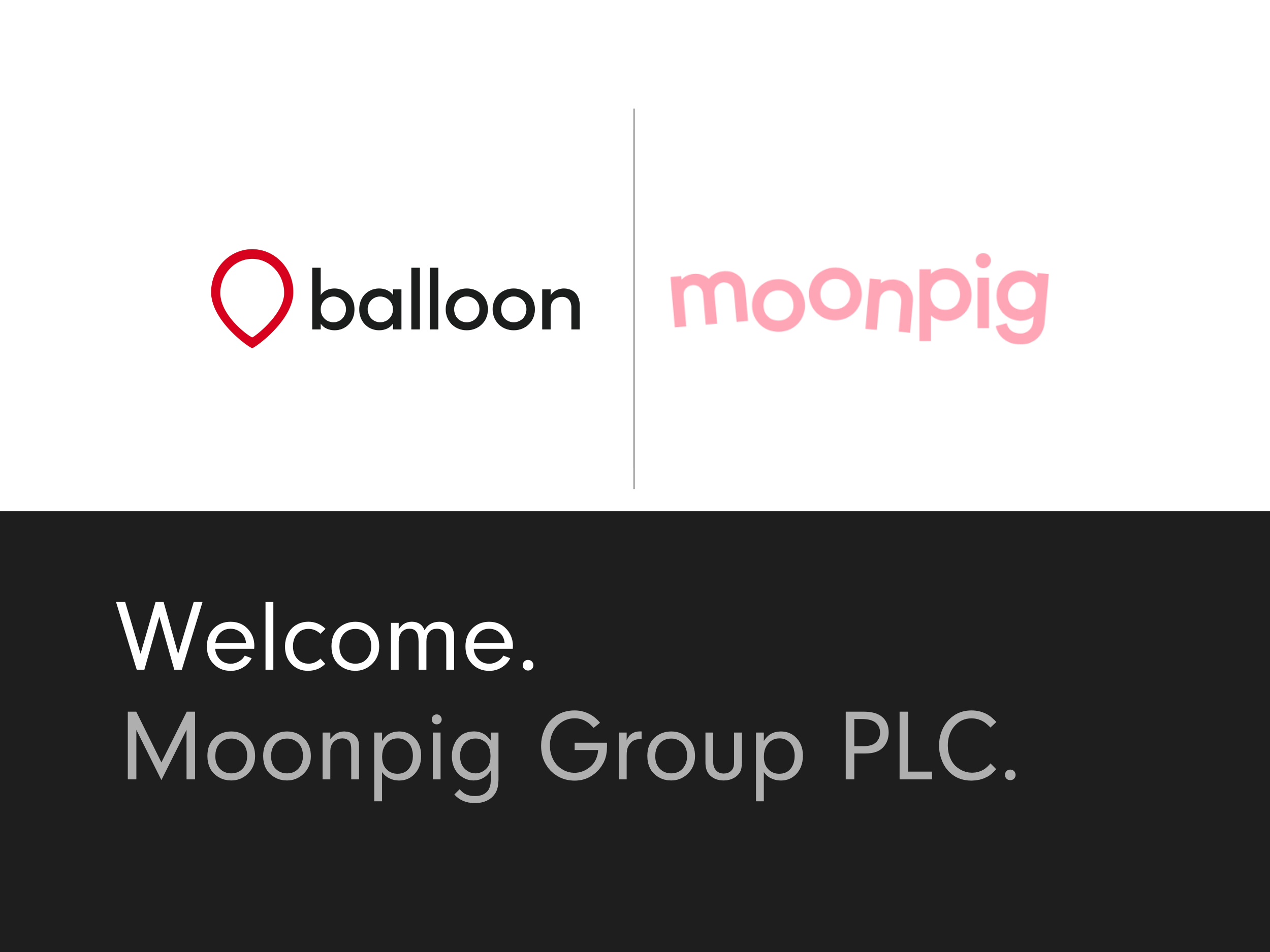AI‑Driven Load Planning & Cube Utilisation.
Cut Freight Costs, Carbon and Complexity. This guide explains the mechanics behind AI load planning, the data foundations you need, and how Balloon One can help you pilot, and scale, the technology with limited risk.
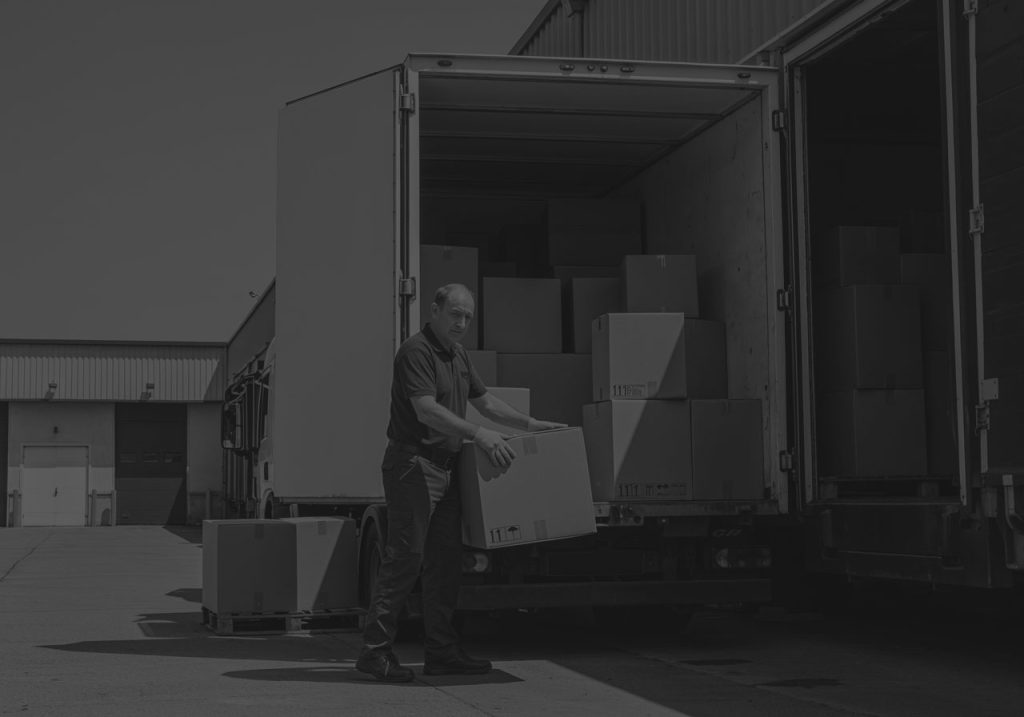
Introduction.
Under‑utilised trailers drain profit and inflate Scope 1 emissions. Replacing spreadsheet‑based load planning with machine‑learning solvers typically lifts trailer fill rates by up to 25 %, halves empty miles and pays back in less than six months.
Key Takeaways.
AI Load Planning Benefits: Replacing manual, spreadsheet-based load planning with AI-driven solutions can increase trailer fill rates by up to 25%, reduce empty miles by half, and deliver ROI in under six months. This also helps cut Scope 1 emissions and operational costs.
Integration in the Supply Chain: AI load planning acts as a bridge between routing plans and dock operations, optimizing pallet patterns and stack orders while adapting in real-time to changes like late orders or vehicle swaps.
Advanced Algorithms: Modern AI load planners use a hybrid approach combining 3D bin-packing, constraint programming, reinforcement learning, and hypergraph clustering to maximize cube utilization and minimize drive time.
Data Foundations: Accurate SKU dimensions, vehicle specs, and routed stop sequences are essential for successful AI implementation. Balloon One ensures GDPR compliance and offers co-optimization for route and load planning.
Proven Results: Case studies show significant efficiency gains, including 38% faster picking, 14% productivity boosts, and 40% fewer errors. Typical mid-size fleets can save over £1.1M annually by improving trailer fill rates.
Sustainability and Compliance: AI load planning reduces CO₂ emissions per tonne-kilometer, aiding compliance with CSRD and ISO 14083 standards while supporting Science-Based Targets.
Human-Centric Design: Success depends on user-friendly tools like color-coded dock screens, gamified performance tracking, and exception workflows for drivers. Regular model retraining ensures ongoing relevance.
Where Load Planning Sits in the Digital Supply‑Chain Stack.
Think of AI load planning as the connective tissue between your routing plan and the dock door. Orders flow from the ERP and WMS into the TMS, which determines the optimal sequence of stops. The load‑planning engine ingests that sequence, calculates the precise pallet pattern and stack order for each vehicle, and publishes clear instructions to handheld scanners and dock screens. Because it is API‑driven, the engine can update plans in real time whenever a late order arrives or a vehicle swap occurs.
Traditional processes leave costly “air” in the network. Fuel, AdBlue and driver wages rise every time a trailer leaves partially empty. Drivers lose time reshuffling freight that was stacked in the wrong stop order. Meanwhile, carbon‑accounting teams watch Scope 1 metrics creep upwards, risking non‑compliance with CSRD and SECR rules. AI tackles these issues simultaneously by squeezing more cubes into every load and sequencing them to match the planned route.

How Modern Algorithms Crack the Cubic Puzzle.
State‑of‑the‑art load planners combine four techniques. A three‑dimensional bin‑packing algorithm explores millions of potential arrangements, eliminating those that breach axle‑weight or crush‑limit rules.
A constraint‑programming layer prunes the search tree so that only feasible patterns remain. Reinforcement‑learning agents reward arrangements that maximise cube while minimising downstream drive time and quickly converge on a near‑optimal answer. Hypergraph clustering then groups compatible orders so that small consignments can be consolidated without delaying time‑critical loads. In benchmark tests this hybrid approach produced a valid plan eight times faster than constraint programming alone while hitting the same utilisation score.
Data Foundations and Governance.
Successful AI depends on accurate master data. At minimum you will need SKU dimensions and weights, vehicle interior geometries, the latest routed stop sequence and any policy rules such as food‑grade segregation or pallet‑exchange requirements. Balloon One deploys all services in UK or EU data centres, ensuring GDPR compliance and data sovereignty. If you lack a routed sequence, the engine can co‑optimise route and load provided you supply a road‑distance matrix.
Example Six Weeks to Live AI Load Planning.
Week 0 – Diagnostic & ROI Model
Quantify current cube %, empty miles and CO₂/tonne‑km from historic TMS data; build the business‑case threshold.
Week 1 – Data Connectors
Stand up secure API or CSV feeds for orders, routed stop sequence, SKU dims and vehicle specs; cleanse anomalies and map to the solver schema.
Week 2 – Sandbox Build
Spin up a private Kubernetes cluster in a UK/EU region. Run shadow simulations, compare AI vs manual plans, surface deltas in a Power BI dashboard.
Week 3 – Dock & Driver UX
Configure colour‑coded load maps for dock screens and handhelds; plug exception workflow into Geo2 TMS for instant resequencing.
Week 4 – Pilot & UAT
Select one depot and three representative routes. Measure load‑fill, driver touch‑time and OTIF; iterate until KPIs beat baseline.
Week 5 – Hyper‑Care Launch
Cut‑over during a low‑volume shift. Hyper‑care team monitors telemetry, retrains the model daily and resolves rule conflicts.
Week 6 – Multi‑Site Roll‑Out
Clone the template to all depots. Switch model retraining to weekly cadence and hand governance to the CI team.
Example Six Weeks to Live AI Load Planning.
Real results speak louder than projections. Below are snapshot metrics drawn from recent Balloon One implementations – delivered using our SAP centric Infios WMS or Geo2 TMS tool-set.
Pets Corner (38% faster picking)
After introducing an innovative WMS clustering workflow, Pets Corner improved picking efficiency by 38%.
Rapid Electronics (14% productivity lift + 1,200 extra orders/quarter)
Post “go-live”, Rapid reported a 14% productivity boost and shipped around 1,200 additional orders per quarter. OTIF reached 99.6% in Q1 2024.
Centrado (40% fewer picking errors)
Centrado records a 40% reduction in picking errors following WMS deployment.
Virgin Wines (leaner stock and lower carrying cost)
Virgin Wines cut inventory levels by 24% YoY (equating to approximately £2.6m less stock on hand).
Technology Supplies (WMS cost fully recovered in 12 months)
Education sector wholesaler Technology Supplies recouped its WMS investment inside year one through labour and accuracy gains.
Compliance and Sustainability Benefits.
European organisations falling under CSRD must report logistics emissions in XBRL format from 2026. AI load planning directly reduces the numerator in the grams‑of‑CO₂‑per‑tonne‑kilometre calculation defined by ISO 14083, making it a fast track to credible emission cuts aligned with Science Based Targets.
| Vendor | Differentiator | Best-fit Use Case |
|---|---|---|
| Descartes Load Planning & Consolidation | Deep multi-stop retail logic | High-volume store delivery |
| Trimble TMW Load Optimisation | Tight telematics integration | Private carrier fleets |
| Infios WMS | Shared master data with Infios WMS | WMS-centered operations |
| Blue Yonder Luminate | Global visibility & control tower | CPG with multi-region networks |
| ORTEC Load Builder | High-speed pallet pattern solver | FMCG palletised freight |
Managing the Human Change.
People load trailers, not algorithms, so visual cues matter. Clients succeed by installing dock‑door screens that display colour‑coded load maps and by gamifying compliance with a quarterly leaderboard that shows each loader’s average cube performance. Exception workflows let drivers flag issues such as obstructed pallets so the solver can re-sequence the remainder of the route instantly. Monthly model retraining captures seasonality and new‑product introductions, keeping the tool relevant and trusted.
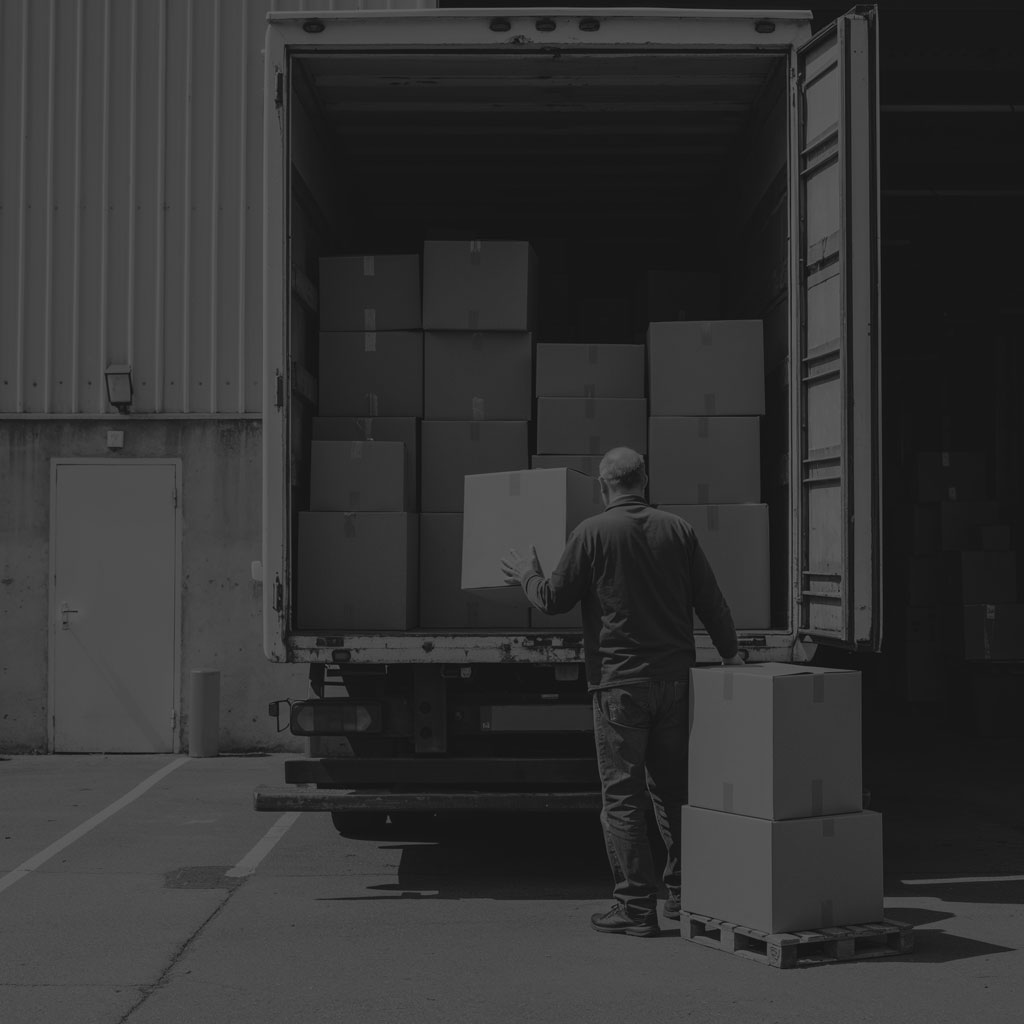
Why Balloon One?
Our standard SAP Business One integration accelerates data extraction, and our global support team offers 24/7 coverage for critical incidents. Balloon One is a three‑time Infios Logistics EMEA “Partner of the Year” (2019, 2020, 2021) and has held SAP Business One Gold Partner status since 2005.
Beyond integration, our sustainability analytics dashboard translates utilisation gains into GLEC‑compliant carbon savings that satisfy both CSRD and SECR auditors.
Key Terms at a Glance.
| Term | What It Means | Related Keywords |
|---|---|---|
| Load Planning | Deciding what goes on each vehicle and how it is stacked | Trailer loading, pallet pattern |
| Cube Utilisation | Maximising the volume of a single load | Space optimisation, 3‑D bin‑packing |
| Freight Consolidation | Merging orders so fewer trips are needed | Shipment aggregation, milk‑run |
| Transport Management System (TMS) | Software that executes and optimises freight moves | Route planning, carrier dispatch |
| Agentic AI | Autonomous AI agents that learn and adjust loads in real time | Predictive analytics, machine learning |
Next Steps.
If you are ready to eliminate paid‑for air, book a free consultation today to discuss how cube‑utilisation can work for you.
Frequently Asked Questions (FAQ's)
No. Accurate SKU dimensions are sufficient; optional photo capture can add marginal accuracy.
Yes. It keeps the centre of gravity below 40 percent of trailer height and recommends lashing points.
Absolutely. A single eight‑core, 32 GB RAM Kubernetes node is sufficient for most mid‑size fleets.
Monthly in stable SKU environments or weekly if you launch new products frequently.
